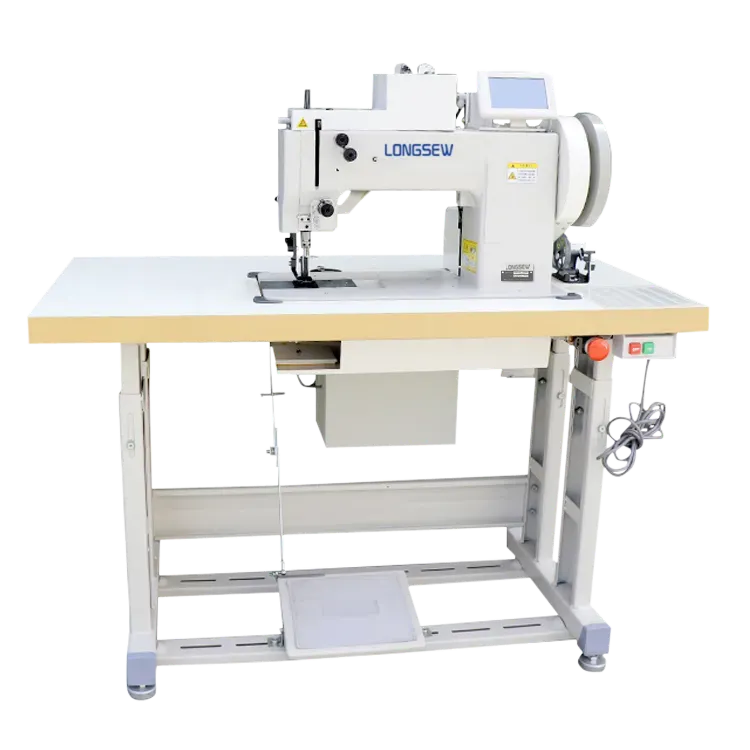Techniques for Machine Sewing Leather Bags Efficiently for Beginners and Advanced Crafters
Sewing Leather Bags by Machine A Comprehensive Guide
Sewing leather bags by machine is a rewarding endeavor that combines craftsmanship with technological efficiency. Whether you're a seasoned artisan or a budding enthusiast, understanding the basics of sewing leather will not only enhance your skills but also allow you to create stunning, high-quality bags that can be cherished for years. In this article, we will explore the essential tools, techniques, and tips for sewing leather bags using a sewing machine.
Tools and Materials
Before diving into the sewing process, it's crucial to gather the right tools and materials. Here’s what you’ll need
1. Leather Choose quality leather that suits your project. Full-grain leather is a popular choice for its durability and aesthetics. 2. Sewing Machine Not all sewing machines are suitable for leather. Look for a heavy-duty model that can handle thicker materials, preferably one with a walking foot to help feed the leather evenly. 3. Needles Use leather needles that are specifically designed for sewing through tough materials. These needles have a wedge-shaped tip that penetrates the leather without causing damage. 4. Thread Opt for polyester or nylon threads as they are strong and weather-resistant, making them ideal for leather goods. 5. Cutting Tools A rotary cutter, cutting mat, and a ruler will help you achieve precise cuts. 6. Pins and Clips Traditional pins can leave holes in leather, so use clips to hold pieces together securely.
Preparing to Sew
Preparation is key when working with leather
. Begin by cutting your leather into the desired shapes and sizes for your bag. Use a sharp rotary cutter for clean edges and ensure all pieces are cut accurately to avoid issues during assembly.Before you start sewing, it’s also advisable to make a sample stitch on scrap leather. This allows you to adjust the tension, stitch length, and other settings on your machine to accommodate the specific type of leather you're working with.
sewing leather bags by machine

Sewing Techniques
Once your pieces are cut and your machine is set up, you can begin sewing. Here are a few techniques to keep in mind
1. Stitch Length Use a longer stitch length (around 3-4 mm) when sewing leather, as shorter stitches can weaken the material. 2. Avoid Backstitching Unlike sewing with fabric, backstitching can perforate the leather and create weak points. Instead, leave long tails of thread, knot them, or use leather cement to secure ends. 3. Sewing Curves When sewing curved edges, go slow and adjust the fabric as you sew to maintain an even seam. 4. Finishing Edges Leather edges can be finished using an edge trimmer or sandpaper to create a smooth, polished look. You can also apply edge paint for added durability and aesthetics.
Final Touches
After your bag is sewn, it’s time for the finishing touches. Clean up any rough edges and remove any excess thread. If desired, add hardware such as zippers, buckles, or straps to enhance functionality and style. A final conditioning treatment can also be applied to keep the leather supple and protect it from moisture.
Conclusion
Sewing leather bags by machine is an excellent way to express your creativity while producing durable and stylish items. With the right tools and techniques, you can create beautiful leather bags that are not just functional but also reflect your personal style. The satisfaction of completing a handmade leather bag is unparalleled and will inspire you to tackle more complex projects in the future. Happy sewing!
-
Leather Sewing Machine: The Industrial Standard for Tough MaterialsNewsJul.18,2025
-
Sail Making Machine: Heavy-Duty Stitching for Industrial and Marine NeedsNewsJul.18,2025
-
Sling Sewing Machine: The Backbone of Heavy-Duty FabricationNewsJul.18,2025
-
Leather Sewing Machine: Precision for Heavy-Duty StitchingNewsJul.18,2025
-
Big Bag Sewing Machine: Powering the Future of Bulk PackagingNewsJul.18,2025
-
FIBC Sewing Machine: Essential Equipment for Bulk Bag ProductionNewsJul.18,2025
-
Heavy Duty Leather Sewing Machine: A Must-Have for Professional LeatherworkNewsMay.28,2025





























